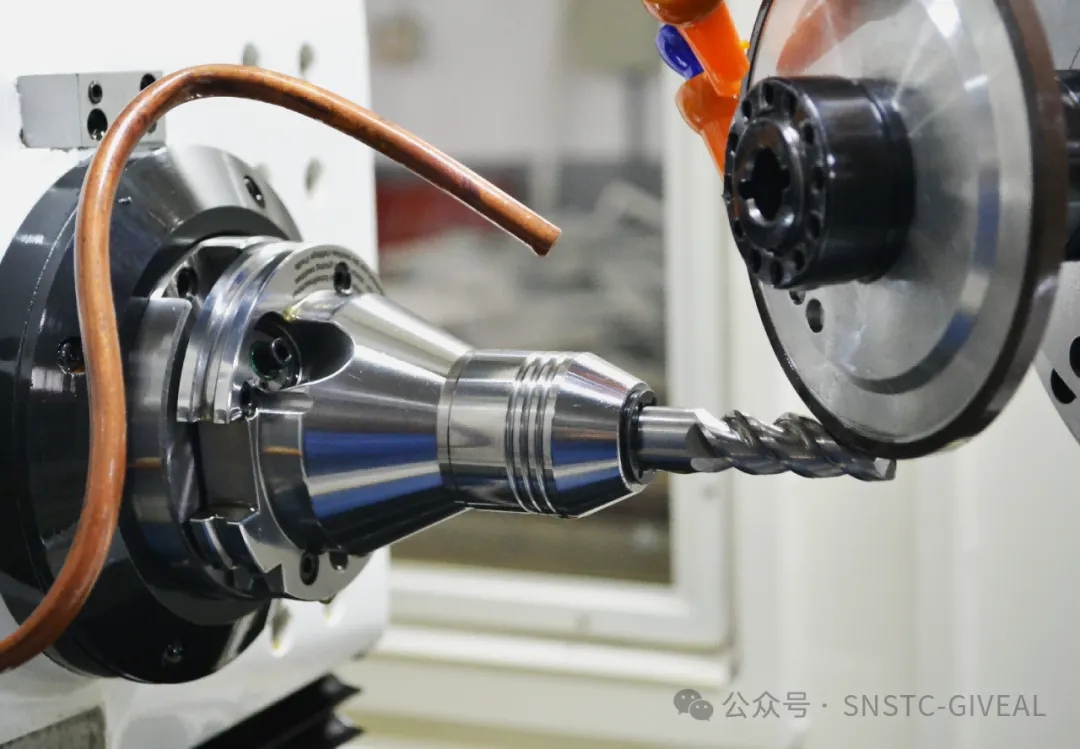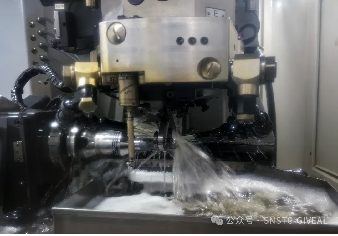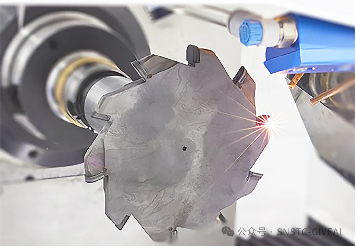Technical Sharing | Advantages of Laser Processing for PCD Tool Production
SNSTC 2025-04-03
In today’s thriving manufacturing industry, efficiency and precision have become the core pursuits of machining technology. The application of laser technology in PCD tool processing is reshaping the industry landscape with unparalleled advantages, injecting new vitality into modern manufacturing.
Three Methods for Machining Ultra-Hard Tools
1.Grinding Processing
Grinding processing offers significant advantages in precision machining. It can achieve optimal surface finish on the relief face, ensuring that the processed tool surfaces are smooth and refined, thereby enhancing the cutting performance and extending tool life. However, grinding also has certain limitations. It is mainly suitable for simple tool geometries such as straight lines and standard external arcs, but it is difficult to machine complex-shaped tools.
Additionally, the production efficiency of grinding is relatively low. It requires specialized grinding machines and grinding wheel consumables, which increases both processing costs and equipment investment. In mass production, it is challenging to maintain dimensional consistency, and deviations may occur, potentially affecting overall product quality and stability.
2.Electrical Discharge Machining (EDM)
EDM has unique advantages but also significant disadvantages. Its strengths include the ability to machine nearly all hard conductive materials, as well as suitability for complex shapes and precision micro-machining. Since there is no cutting force during machining, the thermal impact on the workpiece is minimal, and achievable micron-level precision.
However, EDM also has obvious disadvantages: it cannot machine non-conductive materials, has low processing efficiency, high costs, and poor dimensional consistency in mass production. Therefore, EDM is suitable for machining ultra-hard materials and complex shapes, but efficiency and cost must be weighed.
3.Laser Processing
Compared to traditional methods, laser processing demonstrates overwhelming advantages when machining PCD.
Firstly, it offers extremely high efficiency, easily meeting large-scale production demands.
Secondly, the consumable-free nature of the process not only reduces production costs but also minimizes downtime caused by consumable replacement.
Shanghai Nagoya Precision Tools Co., Ltd.’s horizontal five-axis laser tool grinding machine features an advanced horizontal structure, delivering high efficiency and precision. It is capable of meeting the machining needs of both small and medium-sized five-axis tools. The machine with an industrial-grade fiber laser, it integrates rough and fine machining in a single setup—from rough cutting after PCD tip brazing to fine edge finishing.The machine supports multiple functions such as rough cutting and edge grinding,while offering simple operation and a short training cycle. Using ultra-short pulse laser technology, it enables consumable-free processing of PCD and CBN materials—an environmentally friendly and energy-efficient solution.
Our Machine’s Advantages
-
Specifically designed for ultra-hard materials such as PCD and PCBN, this machine excels at handling intricate processing operations.
-
Supports tool lengths exceeding 400 mm and diameters over 300 mm, meeting the requirements of large tool machining.
-
Supports 3.2 mm-thick PCD/CBN tips, as well as rough and finish machining on both the front and back sides of PCD tools.
-
Compatible with multiple tool holder adapters, it flexibly adapts to various tool types and maximizes processing flexibility.
-
Ergonomic cantilever control panel for optimized operator experience.





 Follow us
Follow us